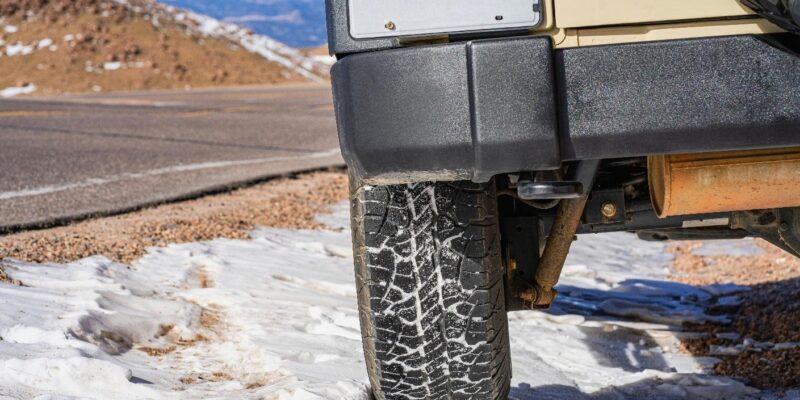We all know that tires are one of the vital aspects of any vehicle. However, selecting the most suitable tire for your car is just as important. Yes, that is correct. You cannot use an off-road or performance tire if you have a sedan, nor can you use a tire for a warm climate for driving in chilly and cold locations.
There are different tires for different needs, vehicles, and purposes. So, if you are confused, do not worry. You can visit the tire deals online and get the best tires for your vehicle.
In this article, we will specify different types of tires and emphasize their differences based on needs and requirements.
Different Types of Tire
Before we can discuss the different types of tires on the market, it is important to understand their impact on performance in various climatic conditions.
Here is a list of different types of tires that you need to know.
Summer Tires
Summer tires excel in dry and warm conditions due to their specialized design. Unlike their winter climatic conditions, they are crafted from a softer, more elastic rubber compound.
This choice in material negates the need for thickness, which would otherwise protect against splitting in cold temperatures. Their tread pattern, characterized by fewer grooves, is another distinguishing feature as grip is better utilized in icy conditions.
This design choice is intentional and aims to maximize road contact. Its benefits are twofold: it enhances the vehicle’s handling and contributes to better fuel economy during the warmer months.
All Season Tires
All-season tires are a combination of elements that are used for both winter and summer tires. Hence, you can use them throughout the different seasons without issue. Generally, they include design features that grip in winter but do not succumb to the heat in summer.
Thus, they have a tread depth somewhere in between the two, and they are made of a rubber compound designed to offer grip in a variety of weather conditions.
Remember, all-season tires do not offer as much grip as summer tires in warm weather or as much grip as winter tires in cold climatic situations.
Winter Tires
Winter tires are designed for use in cold weather conditions. They have a deeper tread depth than summer tires and are made of a softer rubber compound that remains flexible in cold temperatures.
On the other hand, the tire features a high groove ratio, which enables more grip on wet, specifically snowy grounds. This is due to the fact the snow compacts more in shallower grooves and therefore you maintain grip in icy and snowy conditions. However, the wheels cannot channel water away when there is a smooth tire surface. This then leads to aquaplaning, which results in a complete loss of traction and can cause crashes. Due to technological advancements, there are now systems in place in some cars for these types of conditions, but it does come down to the tire’s ability to withstand certain conditions.
Run-Flat Tires
The run-flat tires are designed to allow you to continue driving your car for a short distance, even if there is a puncture.
However, they have reinforced sidewalls that allow the tire to support the weight of the car, even if your car is deflated.
So, it is effective to get a run-flat tire if you want to take up safety precautions before reaching a repair shop.
4X4 Tires
4×4 tires are designed with a more widely spaced tread pattern than standard car tires, incorporating larger tread blocks and deeper grooves.
This unique design allows them to perform exceptionally well on challenging surfaces like muddy terrain.
In contrast, conventional tires often struggle in these conditions, as their tread can quickly become filled with mud, causing the wheels to spin ineffectively and the vehicle to become stuck.
The broader spacing and deeper grooves of 4×4 tires prevent this clogging, ensuring better traction on rugged terrains, including mud, grass, and snow.
Wrapping Up
Understanding types of tire sizes and specifications is essential for making an informed decision when selecting tires for your car.
So, carefully consider the size of the tire, speed symbol, and load index, and ensure that your vehicle is equipped with tires that match its performance capabilities and driving conditions.
If you want morе еxciting contеnt visit. Globallyviz.com














Comments